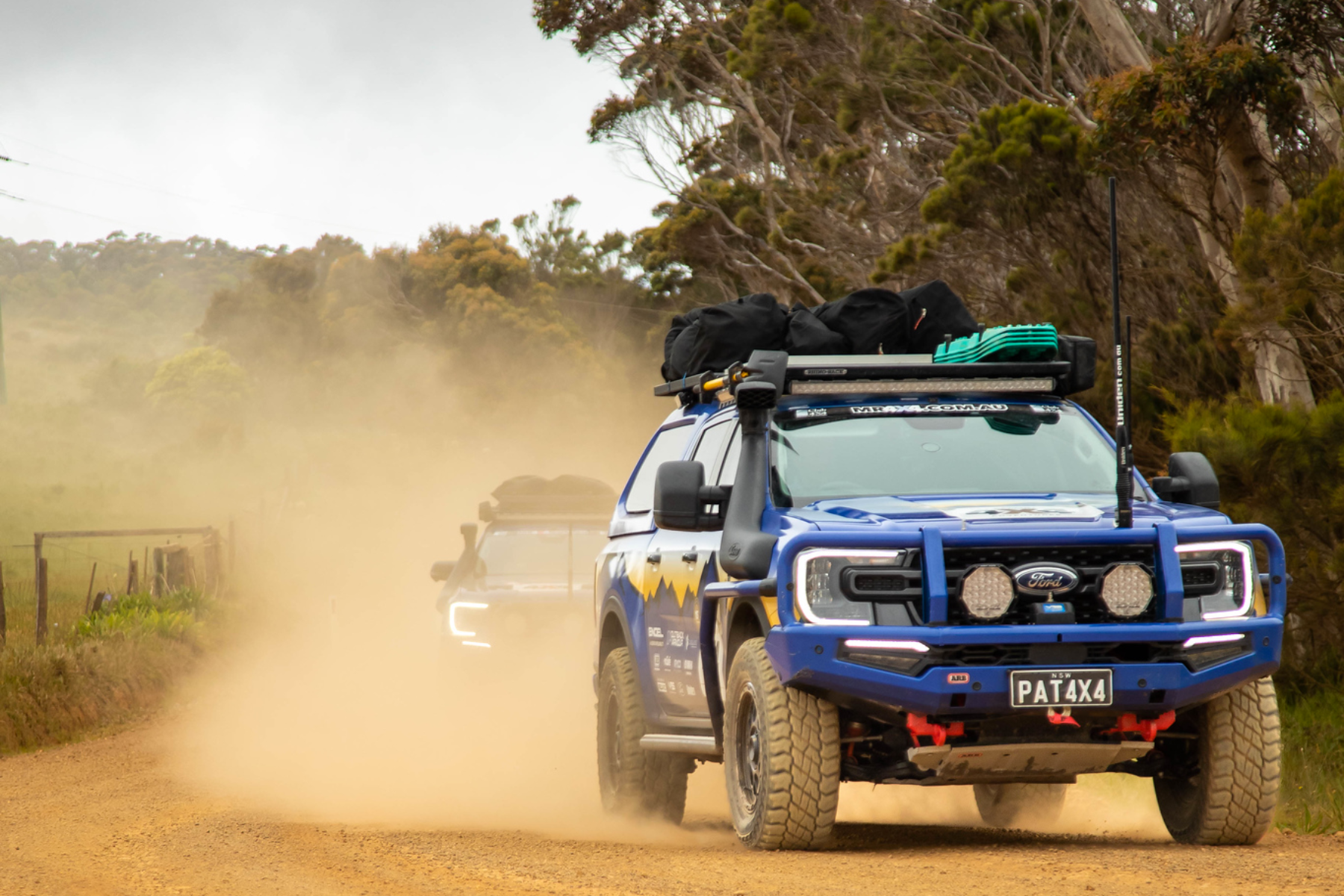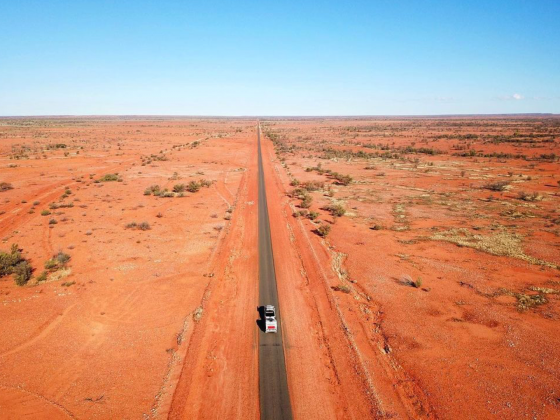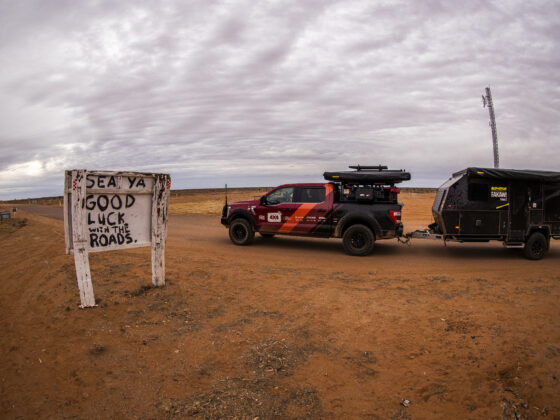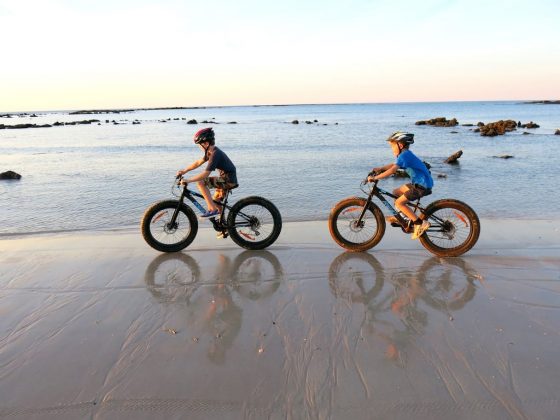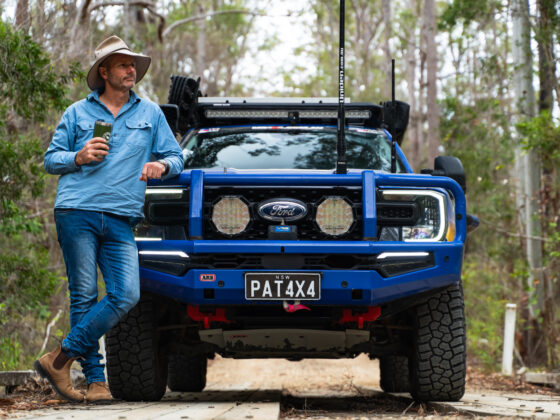Things happen, here’s how to get out of strife…
Travelling through the Aussie outback on remote tracks is one of the greatest and most liberating experiences anyone can have. A fully loaded car. Not a care in the world. And usually with some of your closest friends and family, there’s not a lot that can ruin this bliss… Until the unimaginable happens.
You can prepare your 4×4 as much as you like. Have it serviced professionally before you head away. Use only the best accessories and parts. Or heck, maybe you’ve done a couple of 4×4 courses and think you’re armed to the teeth with knowledge. Sadly, it just isn’t enough sometimes. Imagine your car breaks down, a medical emergency takes place, or you come across someone else in strife. It’s important you’re prepared, and that’s what we’re here to help you with today. Let’s talk about it!
Strife Situation #1 – Mechanical breakdown
No matter how much love and attention to detail we give our 4x4s, sometimes parts fail or we make an error that costs us more than our ego. It’s important to understand your vehicle to the best of your ability. Learn its weak spots. Understand what commonly goes wrong with that particular model. And if you couldn’t quite get around to fixing something before a trip, be aware that it could be a point of failure.
Breaking tail-shafts, CVs, axle studs and even diffs can all be quite a common part of four-wheel driving. We’re constantly pushing our vehicles to the limits, fitting larger tyres and asking more of the components which sometimes just can’t quite cut it. So, if any of the above happens to you, how do you prepare?
The first thing we recommend is learning about your vehicle the best you can. Read your owner’s manual or Haynes manual and know how to remove the susceptible parts. The next thing crucial thing to carry with you is tools. No tools, no fixing, it’s as simple as that! Some vehicles will need specific tools for specific things like hub-nut sockets and alik. So make sure you do your due diligence before heading away.
The last bit, and the bit that takes the most forward thinking, are the spare parts you might need. Every car is different, and all vehicles have different weaknesses. Space is premium in our 4x4s so you have to think about what to bring carefully. Packing things like spare bolts, spare CVs, top up fluids, new filters, tyre repair kits and those sorts of things will help ensure you can fix most of your issues without having to return to a town and possibly ruin your trip.
Sadly, it’s one of those situations where you’re damned if you do and damned if you don’t. You’re always better carrying spares, but they do take up room and can be expensive. If you’re travelling in a convoy with a similar or the same vehicle, split the load between the two vehicles. There’s no point in both of you carrying an infinite number of air filters and CVs!
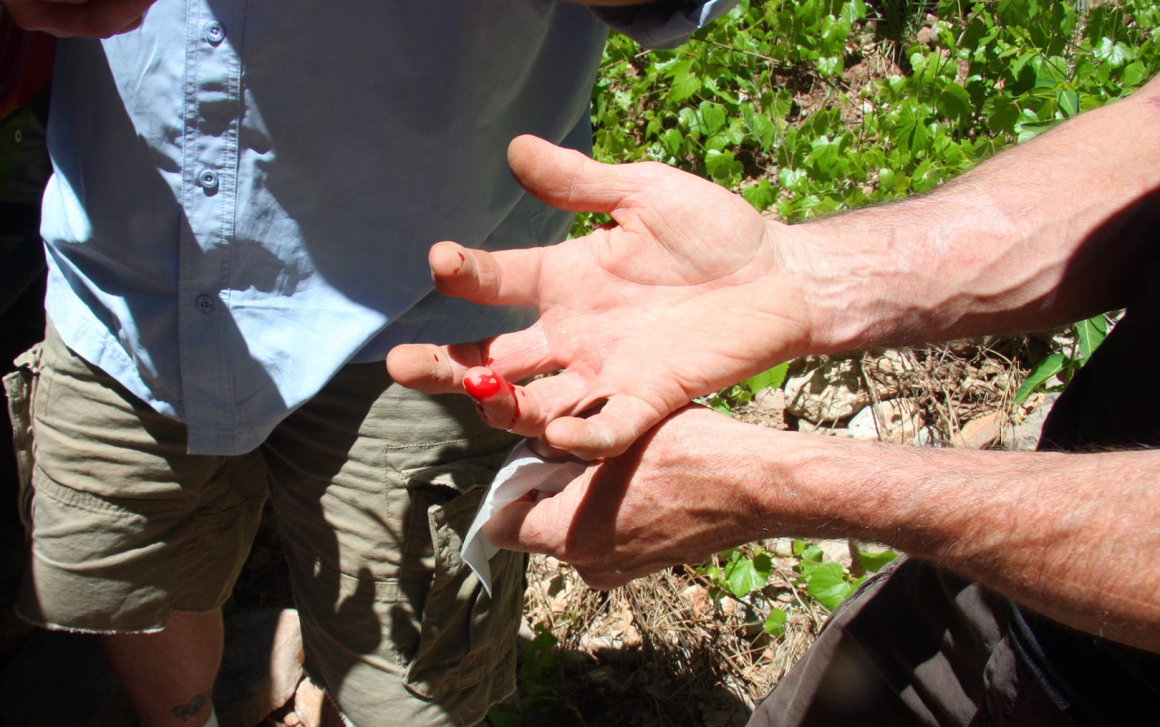
Strife Situation #2 – Medical emergency
One thing that can never be predicted is a medical emergency. Whether there’s been a vehicle rollover, an underlying medical condition or just a cooking mishap, being prepared can genuinely be the difference between life or death.
If you’re going remote, carrying an extensive first-aid kit is an absolute essential. Along with a satellite phone or at the very least a personal locator beacon. If you’re only going on a local weekend getaway then chances are you won’t need as major first-aid kit. But it’s still extremely good practice to carry some form of kit. Snake kits, insect bites, cuts, rolled joints and everything in-between can happen in a blink. So you can never be too careful.
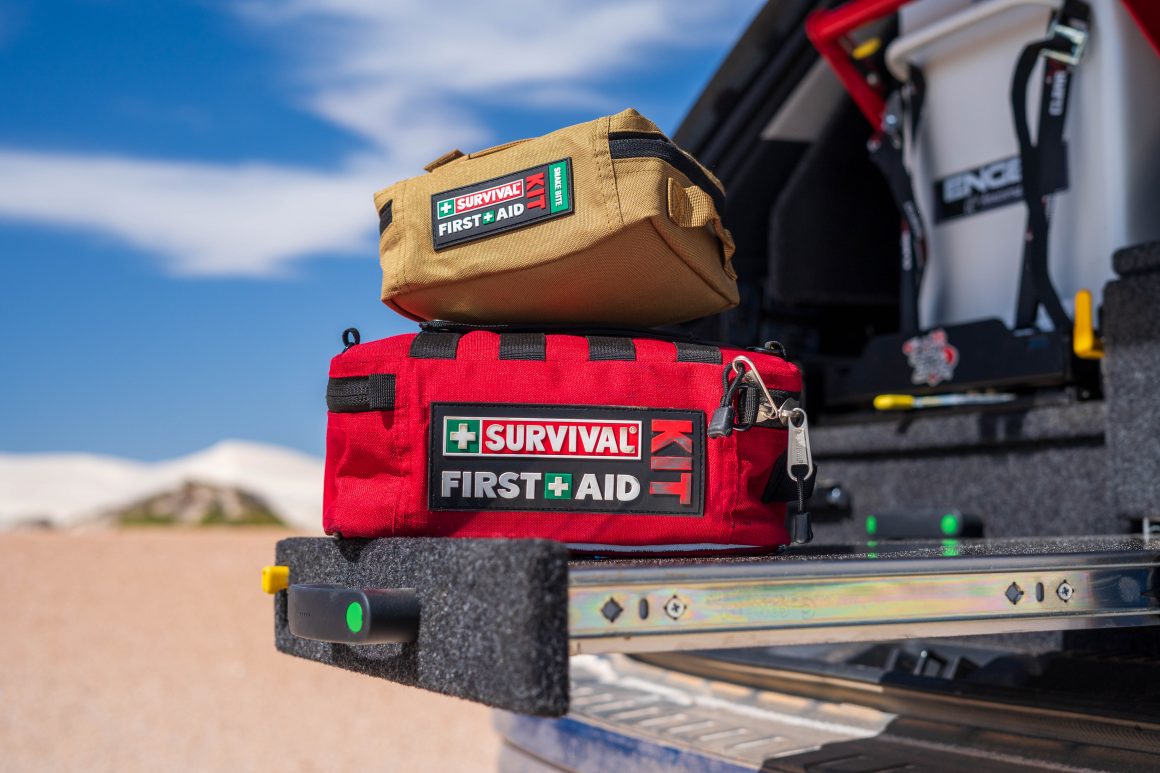
Things can go wrong very quickly when you’re off-road. So knowing exactly where the first-aid kit is and what’s inside it is extremely important too. There’s nothing worse than needing something in a rush and it’s buried under 2 weeks’ worth of clothes, food and 4×4 accessories.
Strife Situation #3 – Bogged
Whilst this may not seem like the end of the world, if you’re not properly prepared, things can escalate. Fitting a good quality winch is the first step to avoiding the complete chaos that is getting bogged and being stranded. With a quality and adequately rated winch on the front of your 4×4, if you do happen to get yourself into strife, you have a plan B that is safe and controlled.
I personally never leave home to go four-wheel driving without a comprehensive recovery kit. Something that has a winch extension strap, a snatch strap, some form of pulley block, soft shackles and a tree-trunk protector is an absolute must.
Whether you’re stuck in the black-soil country or on a boggy beach, being prepared is how you’ll avoid your day becoming a stressful rescue mission. Travel with company wherever possible, ensure you’re on top of your tyre pressures, and take your time to walk obstacles if you’re unsure.
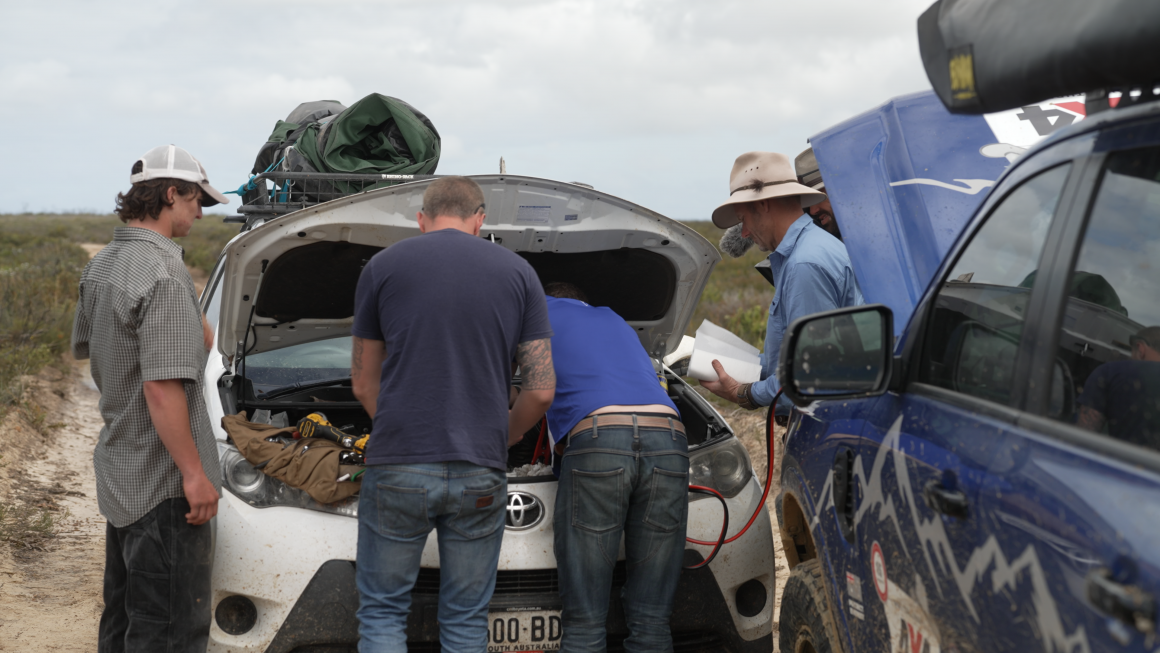
Strife Situation #4 – Someone else in trouble
With millions of 4x4s being sold every year, and the 4×4 industry growing at an unprecedented rate, chances are, you’ll come across another 4×4 during your travels. More often than not, this will be a simple exchange, a cheeky wave, perhaps a brief chat, and you’ll continue on your ways. What if you come across someone in need of help however? How do you deal with that situation?
We always like to run through a quick risk assessment before diving into an unknown situation. There’s only 1 thing worse than one person or 4×4 being in trouble, and that’s multiple. Identify exactly what’s happened and who’s injured. Is it a rollover? Is the car secure? And is someone in danger of a fire? These are the questions you should ask yourself.
Take precautions before diving in to help, and when doing, make sure you know what you’re getting yourself in for. If it’s something simple like a breakdown or recovery, then absolutely hook in and lend a hand. It’s the Aussie way! You do however need to be careful of exhausting your own tools, batteries, and supplies. You don’t want to run out of spare parts for your own trip and vehicle on someone else and then have to cut your dream trip short.

Strife Situation #5 – Running out of water
There are a few things that will drastically cut your trip short. One is running out of fuel, and one is running out of water! I want to quickly touch on running out of water, because it’s one of the few things humans need lots of to survive!
To kick things off, lets talk about how much water you should be carrying. I usually carry around 4L of drinking water per person, per day. It might seem like a lot but by the time you drink some, cook with some, and possibly use some to wash with, it doesn’t last all that long.
Utilising jerry cans, water tanks and clever storage methods can make carrying bulk water a lot easier than single use bottles. So do some research into what will fit in your car. It’s also very important to remember that you don’t want to use drinking water on mechanical mishaps if you can avoid it. Using your only clean drinking water to refill a radiator or clean out your alternator brushes is a sure-fire way to run out quicker than anticipated.
If you do find yourself running out of water, don’t be too alarmed, there’s a few things you can do! For starters, if things are getting desperate but you’re not too remote, head back to your nearest town, find a hotel or motel who will have access to clean running water and ask them if you can refill your supply. Even for a small fee.
If you’re in the middle of nowhere, remote bushland and don’t want to turn back, then chances are you’ll have water purification tablets with you. These will allow you to purify and decontaminate any ground water or river water you might stumble across allowing you to drink it without getting sick.
Your last and most desperate option would be to build an underwater still by digging a hole, putting a cup or bowl at the base of the hole. You then want to cover the entire hole with a tight layer of plastic or tarp with a weighted rock in the centre. The condensation will eventually drop to the lowest point and drip fresh water into the cup. This is a slow and stressful process and really is just a last resort.
There’s a lot of crazy things that can happen while you’re off the beaten track. Medical emergency, vehicle dramas and even life endangering situations. If you’re prepared and understand the risks, you can pretty much always avoid being stitched up and getting intro strife!



